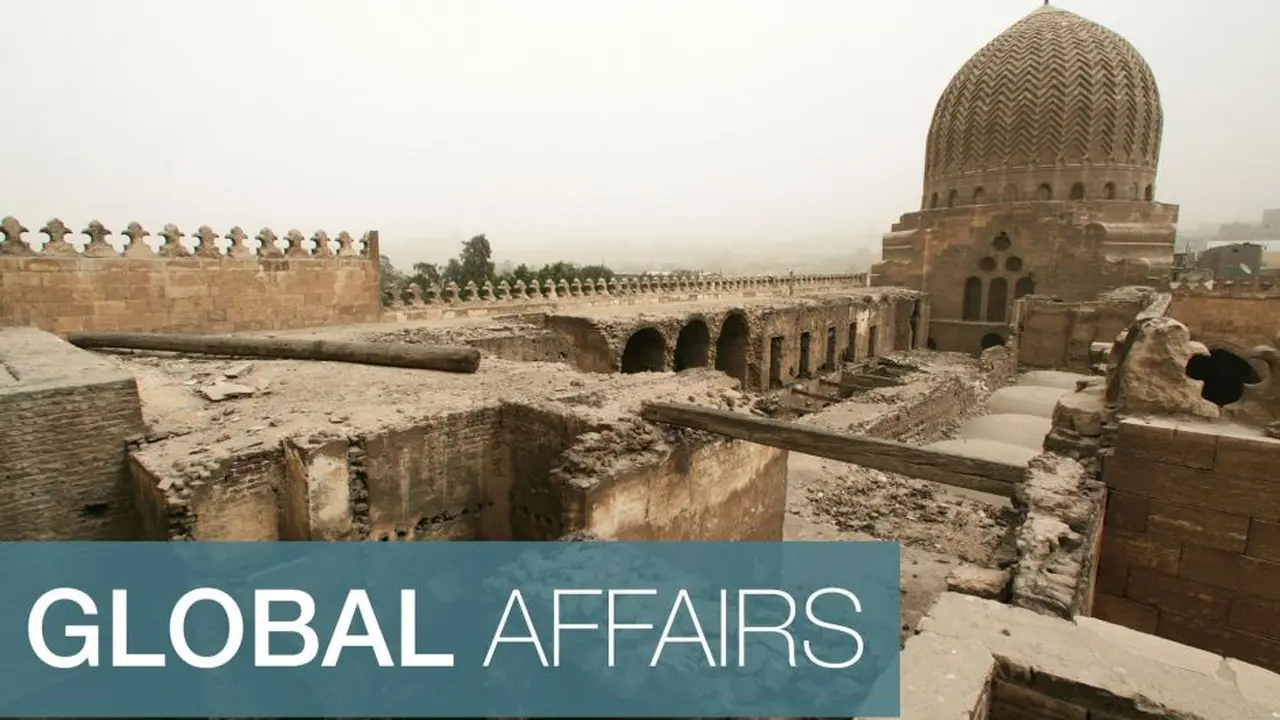The Decline and Fall of Ancient Empires A Historical Analysis
Explore the factors that led to the downfall of some of history's most powerful ancient empires. From Rome to the Mayans, understand the political, economic, and social reasons behind their decline.

Understanding the Rise and Fall of Ancient Empires
Hey history buffs! Ever wonder what really happened to those mighty ancient empires we read about? Why did they crumble? It's not just one thing, but a whole bunch of factors playing out over time. Let's dive in and explore the fall of some of the biggest names, like Rome and the Mayans, and see what we can learn.
Political Instability and Corruption in Ancient Empires
One of the biggest killers of ancient empires was, well, themselves. Political instability and corruption were rampant. Think about Rome – emperors were assassinated left and right, civil wars broke out constantly, and bribery was practically a national sport. This internal chaos weakened the empire, making it vulnerable to outside threats.
Take the late Roman Empire, for example. The succession of emperors became a joke, with power struggles and short reigns becoming the norm. This constant turmoil meant that resources were diverted away from essential services like defense and infrastructure, and focused on consolidating power. The rampant corruption also eroded public trust in the government, leading to widespread discontent.
Economic Woes and Overexpansion in Ancient Civilizations
Money, money, money. It's always a factor, right? Overexpansion stretched empires thin. Imagine trying to manage a huge territory – it's expensive! Maintaining roads, armies, and administrative centers across vast distances drained resources. Trade routes could be disrupted, and the cost of defense soared. Add to that inflation, debasement of currency (mixing precious metals with cheaper ones), and unfair taxation, and you've got a recipe for economic disaster.
The Roman Empire again serves as a prime example. Its vast territorial holdings required a massive army to defend, and the costs associated with maintaining such a large military were astronomical. Furthermore, the empire's reliance on slave labor stifled innovation and economic growth, as there was little incentive to develop new technologies or improve efficiency.
Social Unrest and Inequality in Ancient Societies
Happy citizens are essential to a stable empire. But when you have huge gaps between the rich and the poor, resentment builds. Add to that cultural clashes between different groups within the empire, and you've got a powder keg waiting to explode. Social unrest, rebellions, and internal divisions weakened empires from within.
Consider the Mayan civilization. While the elite enjoyed a life of luxury, the vast majority of the population lived in poverty and faced constant hardship. This inequality led to widespread resentment and ultimately contributed to the collapse of Mayan society.
Environmental Factors and Natural Disasters Affecting Ancient Empires
Sometimes, Mother Nature just doesn't cooperate. Climate change, droughts, floods, and other natural disasters could devastate crops, disrupt trade, and lead to famine. These environmental pressures weakened empires and made them more vulnerable to collapse.
The Akkadian Empire, one of the earliest known empires, is believed to have collapsed due to a prolonged drought. This drought led to widespread famine and social unrest, ultimately causing the empire to disintegrate.
External Invasions and Military Weakness in Ancient States
No empire lasts forever, and eventually, someone's going to come knocking at the door. External invasions by barbarian tribes or rival empires could overwhelm weakened defenses and lead to the downfall of even the most powerful states. Military weakness, outdated tactics, and a lack of resources made empires vulnerable to attack.
The fall of the Western Roman Empire is a classic example. Constant invasions by Germanic tribes, coupled with internal political and economic problems, eventually led to the empire's collapse.
Case Study: The Roman Empire’s Decline and Fall
Let’s zoom in on Rome. We've touched on it already, but it's such a great example. The Western Roman Empire didn't just disappear overnight. It was a slow, agonizing process driven by all the factors we've discussed: political instability, economic woes, social unrest, and external invasions.
The division of the empire into East and West further weakened the West, as resources were stretched even thinner. The rise of Christianity also played a role, as it shifted people's allegiance away from the state and towards the Church.
Case Study: The Mayan Civilization’s Collapse
Another fascinating example is the Mayan civilization. While the exact reasons for their collapse are still debated, it's likely a combination of factors: environmental degradation (deforestation, soil erosion), overpopulation, warfare, and political fragmentation.
The Mayan civilization was highly dependent on agriculture, and when environmental conditions deteriorated, their food supply dwindled. This led to increased competition for resources and ultimately to warfare and the collapse of the Mayan city-states.
Products for Historical Enthusiasts: Recreate the Past!
Want to feel closer to these ancient empires? Check out these cool products!
Roman Legionary Helmet Replica
Product: Roman Legionary Helmet Replica
Description: A high-quality replica of a Roman legionary helmet, perfect for display or cosplay.
Usage Scenario: Display in your home, wear to historical reenactments, or use as part of a Halloween costume.
Comparison: Cheaper plastic versions are available, but this metal replica offers greater authenticity and durability.
Price: $150 - $300 (depending on materials and craftsmanship)
Mayan Calendar Stone Replica
Product: Mayan Calendar Stone Replica
Description: A detailed replica of the famous Mayan calendar stone, a symbol of Mayan cosmology and timekeeping.
Usage Scenario: Display in your home or office as a conversation piece, or use it as a teaching aid.
Comparison: Some replicas are made of resin, while others are made of stone. Stone replicas are more authentic but also more expensive.
Price: $50 - $200 (depending on size and material)
Ancient Coin Set
Product: Ancient Coin Set
Description: A collection of genuine ancient coins from various empires, including Rome, Greece, and Egypt.
Usage Scenario: Start a coin collection, learn about ancient history through tangible artifacts, or give as a unique gift.
Comparison: The value of ancient coins varies greatly depending on their rarity, condition, and historical significance. Be sure to purchase from a reputable dealer.
Price: $100 - $1000+ (depending on the coins included)
Lessons from the Past: Avoiding the Mistakes of Ancient Empires
So, what can we learn from the fall of these ancient empires? Well, history doesn't repeat itself exactly, but it often rhymes. By understanding the factors that led to their downfall, we can gain valuable insights into the challenges facing modern societies and work to avoid making the same mistakes.
Maintaining political stability, promoting economic equality, fostering social cohesion, protecting the environment, and investing in strong defenses are all crucial for the long-term survival of any civilization. Let's learn from the past and build a better future!
:max_bytes(150000):strip_icc()/277019-baked-pork-chops-with-cream-of-mushroom-soup-DDMFS-beauty-4x3-BG-7505-5762b731cf30447d9cbbbbbf387beafa.jpg)






